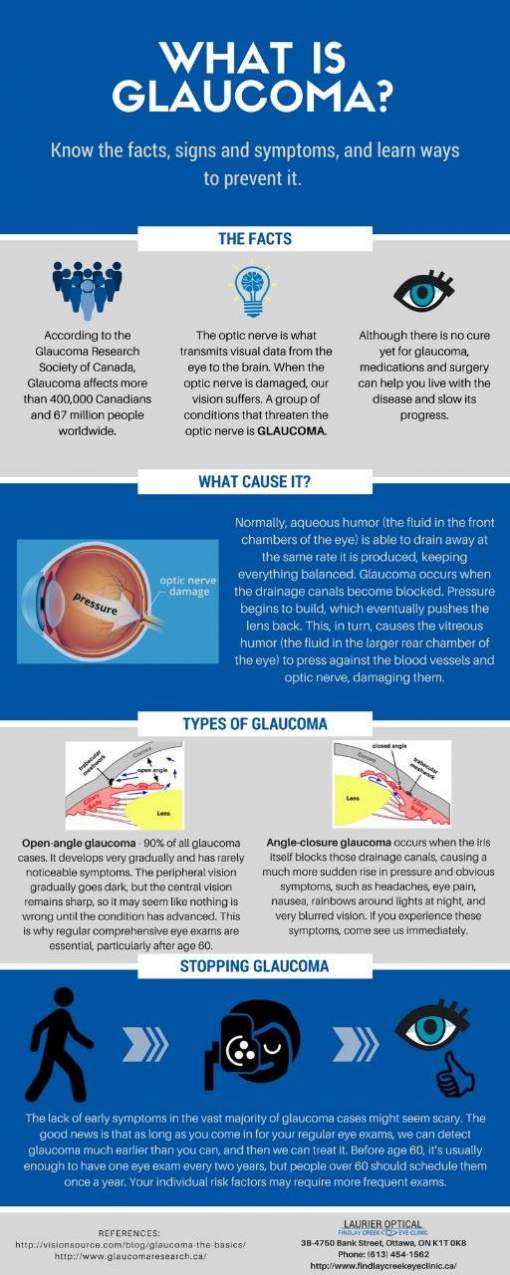Assessing Cataract Surgery Options? Take A Look At The Distinctions In Between Typical And Laser Techniques To Disclose The Crucial Facets That Will Impact Your Vision
Assessing Cataract Surgery Options? Take A Look At The Distinctions In Between Typical And Laser Techniques To Disclose The Crucial Facets That Will Impact Your Vision
Blog Article
cataract surgery nearsighted By-Langballe Bach
When considering the selection in between standard cataract surgery and laser-assisted methods, you may find yourself considering the benefits and disadvantages each method offers. The decision exceeds the surface area degree of expense and accuracy, delving right into the world of long-lasting outcomes and client fulfillment. As you browse via the complexities of these 2 approaches, it becomes imperative to understand the nuanced information that can significantly affect your visual clearness and overall experience. Keep tuned to uncover the vital elements that will lead your decision-making procedure in this vital facet of eye care.
Traditional Cataract Surgical Treatment Pros and Cons
When considering typical cataract surgery, you might discover that it's a well-established and widely-used technique. In this procedure, a doctor makes a small cut in the eye and makes use of ultrasound to break up the cloudy lens before removing it. As soon as the cataract is removed, a fabricated lens is inserted to restore clear vision.
Among the major advantages of standard cataract surgical treatment is its performance history of success. Many people have actually had their vision considerably enhanced with this treatment. Additionally, conventional surgical treatment is frequently covered by insurance, making it a more accessible choice for numerous people.
Nevertheless, there are some drawbacks to conventional cataract surgical treatment also. Recovery time can be much longer contrasted to newer techniques, and there's a somewhat greater risk of complications such as infection or swelling. Some patients might likewise experience astigmatism or require reading glasses post-surgery.
Laser-Assisted Techniques Advantages And Disadvantages
Discovering laser-assisted strategies for cataract surgery reveals a modern-day technique that utilizes laser modern technology to do key steps in the procedure. One of the key advantages of laser-assisted cataract surgical treatment is its accuracy. The laser allows for incredibly exact cuts, which can cause far better aesthetic outcomes. Furthermore, making use of lasers can reduce the amount of ultrasound energy required during the surgery, possibly lowering the risk of problems such as corneal damages.
On the downside, laser-assisted methods can be much more costly compared to typical approaches. This price mightn't be covered by insurance policy, making it much less accessible to some people.
Another factor to consider is that not all cataract doctors are trained in laser technology, which could limit your choices for selecting a doctor.
Last but not least, while the laser can automate specific elements of the treatment, the surgery still calls for a skilled specialist to make certain effective outcomes.
Comparative Analysis of Both Methods
For a thorough understanding of cataract surgical treatment methods, it's important to conduct a relative evaluation of both conventional and laser-assisted techniques.
Typical cataract surgical treatment entails manual lacerations and the use of handheld tools to separate and get rid of the gloomy lens.
On the other hand, laser-assisted cataract surgery uses advanced innovation to develop specific cuts and separate the cataract with laser energy prior to removing it.
In regards to accuracy, laser-assisted methods provide a higher level of precision compared to standard methods. Making use of lasers permits personalization of the treatment based on each person's eye composition, potentially causing much better visual results.
However, laser-assisted cataract surgery tends to be a lot more pricey than traditional surgery, which might limit availability for some individuals.
While both methods work in recovering vision impaired by cataracts, the selection between typical and laser-assisted strategies typically relies on elements such as price, accuracy, and specific client demands.
Consulting with your ophthalmologist can help establish the most ideal technique for your cataract surgical treatment.
Conclusion
In conclusion, when making a decision between traditional cataract surgery and laser-assisted techniques, think about factors like price, precision, and specific demands. Traditional surgery uses a tested performance history and insurance protection however may feature longer recuperation times. Laser-assisted methods provide greater accuracy and modification however can be more pricey and not always covered by insurance policy. Eventually, the option between the two techniques depends on what is essential to you and your particular situation.
